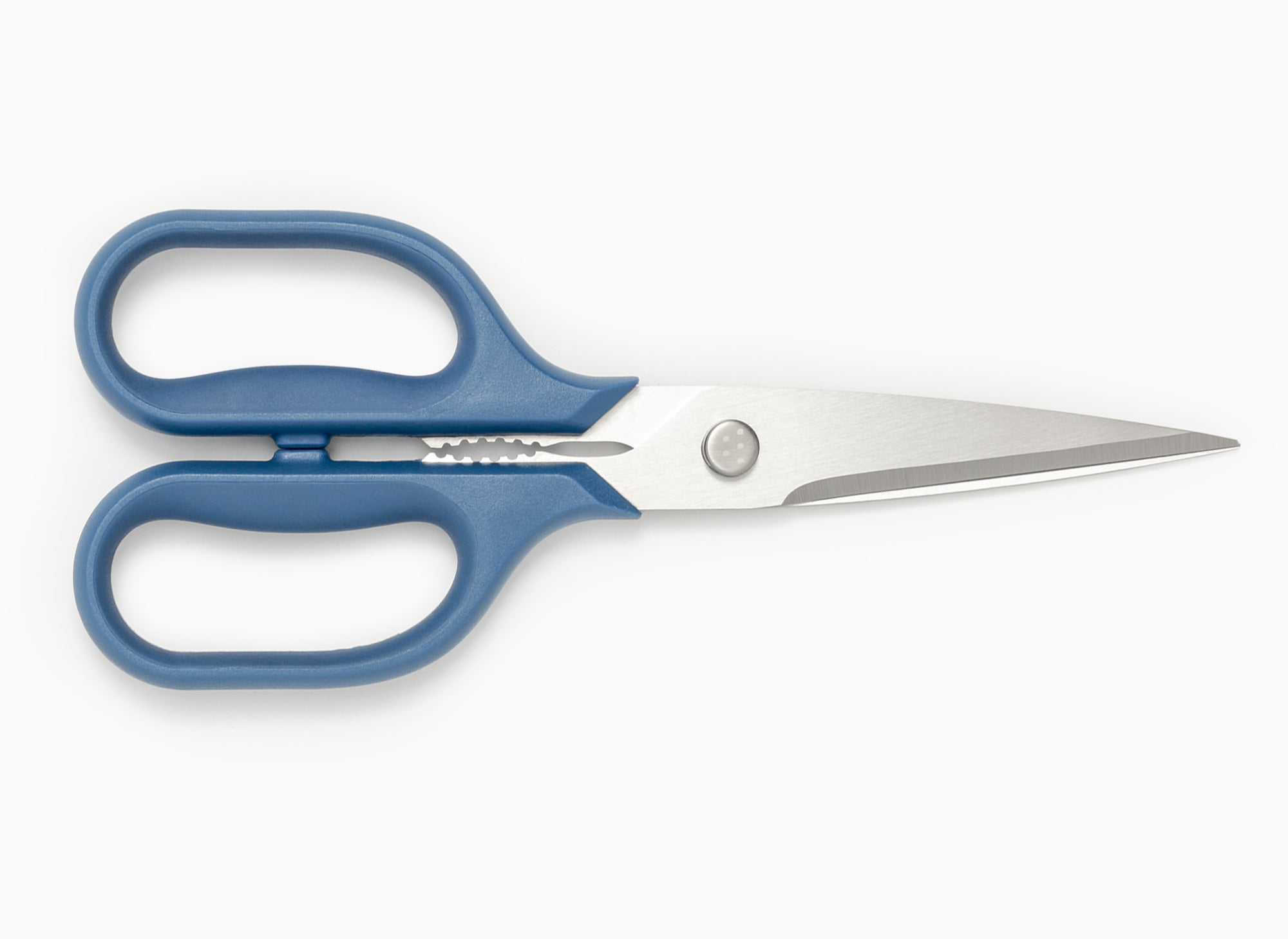Another ad today, from another high-tech food company! I think they’re selling meal kits plus a smart oven, because your oven is so dumb. Pity click? Yup, pity click. Also: Today’s Trying! was inspired by a prompt (“handwriting”) sent to me by a subscriber; so if you’ve got a topic you want me to take on, even if it’s just a word or to, please send it my way.
In fifth grade, I had a really hard time. I can’t say precisely why, but there are theories: My friends all ended up in Mr. Mac’s class, while I wound up with Mr. Gervickas, who was kind of a jerk and, rumor had it, a Republican. In English class, we were reading To Kill a Mockingbird, and as a sensitive 10-year-old I was paralyzed with horror—not by the racial dynamics but by the fact that the narrative revolves around a claim of rape. I could barely conceive of sex in any form, let alone write a report about the story. I was miserable. I was getting poor grades. I complained that my hand hurt when I wrote.
And so the teachers moved me from what I understood to be the advanced English class to the remedial one.
That didn’t last long. It turned out I didn’t have a problem with reading, as long as the books didn’t pivot on a question of rape. And while I did have a problem with writing, it really was all about the fact that my hand hurt to use a pencil or a pen.
At that point, I was a crappy writer when it came to the basic act of writing, partly because I had never properly learned cursive. When I was 8, we lived in Brighton, England, and while other kids had started to practice cursive already, it was totally new to me—I hadn’t even known it existed. One day, I realized I could link all my letters together, and I had it! It didn’t look like what the school was teaching, but I explained it was American cursive, and since I was only in England for a year, my instructors didn’t want to ruin my future, so they let it slide. The next fall, back in Massachusetts, my teachers questioned my sloppy-ass penmanship, and I told them it was British cursive, and they let it slide, I guess because it sounded exotic. I really learned a lot that year in England.
All of which is to say, by fifth grade I could write neither speedily nor legibly, and whenever I had to produce a lot of prose, my hand ached from the effort. This was a big problem, because everyone knows American elementary-school students are required to produce literally dozens of words of writing every year.
But this problem had a nascent solution: the computer.
I had started learning how to use computers the year before, thanks to a kind teacher who taught me the basics of Basic on an Apple IIe. (By the end of the decade, he would be dead, killed by his son, a casual friend of mine, after years of child and spousal abuse.) Though I was hunt-and-peck typing, I realized this was my tool: I could write code, play games, and create stories as long or short as I liked—and my hand never ached, no matter how many hours I spent mastering the qwerty keyboard. My dad had an IBM PC, and he got me an Apple IIc. Life was never the same after that.
More after the ad…
Tired of asking “What’s for dinner?” Here’s the answer.
It’s Tovala—the chef-crafted meal delivery service that’s changing the game for dinner (and lunch and breakfast). Each meal is delivered fresh and takes only 1 minute to prep so you can spend less time cooking and more time living.
Learning to use a computer fundamentally altered my relationship to writing. Over the years, and especially once I learned, in eighth grade, to type properly, writing became effortless: It cost me nothing to write, delete, rewrite, and do it all over again. My thoughts could spill out onto the monitor almost as fast as I could think them. Sure, I had trouble with some papers in college, but they weren’t physical, as they would have been with pen and paper; any slowdown or trip-up was the result of difficulty thinking, not producing. But once I had an idea formulated, I could work it onto the page without stress.
The weird part of this is that, as time has gone on, a direct connection has been built between the parts of my brain that do writing (the prefrontal cortex, Broca’s area, and, I’m told, the anterior cingulate cortex) and my fingers themselves. When I write, I write as much with my hands as with my brain—the hands and fingers express what is happening in my brain without my being entirely aware of or in control of the process. Some of the key combos I use regularly, like for the degree symbol ° or the trademark symbol ™ or the shift- and option- and command- modifications to the arrow keys that let you skip along by word, line, or paragraph—I have to think hard to remember what those combinations are, because I use them so regularly the memory is built into my fingers. Cogito ergo scribo. And conversely, without my fingers and, more important, the computer keyboard with which they interface, I can barely write a sentence.
All these years of writing—articles, books, headlines, emails—and I get stymied by a thank-you note or a greeting card. Six blank lines on a form for work or the government are torture. Nor can I dictate prose to a computer: The neural pathway between my writing brain and my speaking voice simply does not exist. I mean, I can ad-lib a decent sentence now and then, but it’s not the same as tapping out precisely what I mean on the keyboard. I am still that fifth-grader with the achy hand.
For most of my life, this has not been a hindrance. I don’t have to write by hand often. But that’s changing, because the makers of computers and their software don’t actually want us to use the keyboard. In general, they want you to become more reliant on the mouse (or trackpad) and on your own voice. The mouse is a problem because it’s slow and it takes you away from the keyboard work you’re doing: You have to find your cursor, move it around, locate the thing to click, click it—oh god, I’m getting exhausted just writing that. Virtually everything you do with your mouse you can do with the keyboard, if you know all the shortcuts. (Hey, here’s a keyboard shortcut cheat sheet I put together!) But in the past few years, I’ve noticed some of those shortcuts disappearing within certain applications, or lots of commonly used functions have no keyboard shortcuts at all. (I’m looking at you, Google Sheets.) In a country obsessed with efficiency and productivity, this makes no sense, but who am I to tell Pichar Sundai how to run his little outfit?
The computer dictation is less mysterious: The software giants want us to talk to computers so the computers will get better at understand our voices—well, our voices and our scattered, slovenly, haphazard ways of speaking. When humans speak, we blather, we bloviate, we fail to get to the point, and we mumble. God, how we mumble! This ain’t gonna change, but the more the machines listen to us, the swifter they’ll be able to decipher our intentions. And then the powers that be can replace all human interaction (on their end) with robots. Obviously, they’ve been doing this for a while, but you can expect it to get worse and more intrusive. I’m sure it saves someone a buck or two, though, and that’s really all that matters, right?
On top of that, dictation doesn’t even help you write! I’m not talking about dictating an email or text message—those are brief enough that you can probably speak them aloud. I’m talking (ha! “talking”!) about real writing: sentences and paragraphs and, omg, chapters that flow together within a structure that actually means something. Very few writers—and even the best of them, I would bet—are able to produce publishable prose directly from their voice boxes. They (we) simply haven’t been trained that way.
In fact, many of the interface innovations of the past two decades seem expressly designed to make writing harder. Autocorrect and predictive text may appear to be useful, but they ultimately take away your ability to control what you’re writing, and to develop the discipline, the muscle memory, that ultimately make writing easier. Perhaps they exist to make up for the skrunky little virtual keyboard on your phone—a clutter of letters that messes with my established neural circuitry. (Thumbs are for space bars!) I hate writing on the phone so much that I often just won’t do it; I’ll wait till I have a proper keyboard in front of me. I once had to tap out a whole article, letter by virtual letter, in the back of a bus, with a stylus on a pre-smartphone PDA, and it was still better than doing it on the iPhone. I’m an interface snob.
In all likelihood, that’s just me. My kids take to these interfaces like natives, smoothly pushing out text messages to their friends at the speed of thought. They marvel at my slowness on the phone: Daddy, the writer, who can barely tap a sentence out. I’m a joke! I’m just an old man kvetching, and these new interfaces will little by little take the place of the keyboards that revolutionized writing—that democratized writing!—over the past 150 years. In the not too distant future, when we’re implanting chips in our brain for direct computer interfaces, I can imagine my keyboard skills will come to be seen as a quaint anachronism, an impressive but useless talent practiced only by a few unrepentant luddites. And if anyone asks, I’ll tell them I learned it in England. 🪨🪨🪨
It’s Good and I Like It: Kitchen Shears
If you cook, you need kitchen shears, and if you don’t have them, you should get them. There are so many times, when cooking or serving food, that knives just aren’t practical: You might be on a picnic, you might not have space for a cutting board, you might have realized that pizza slice-wheels are total crap. Shears are simply the way to go. You want ones that separate, for easy cleaning, but that stick back together tightly enough that the cutting action remains sharp. You also want to get two pairs, so you always have one ready if one’s in the dishwasher. Here’s what I use:




